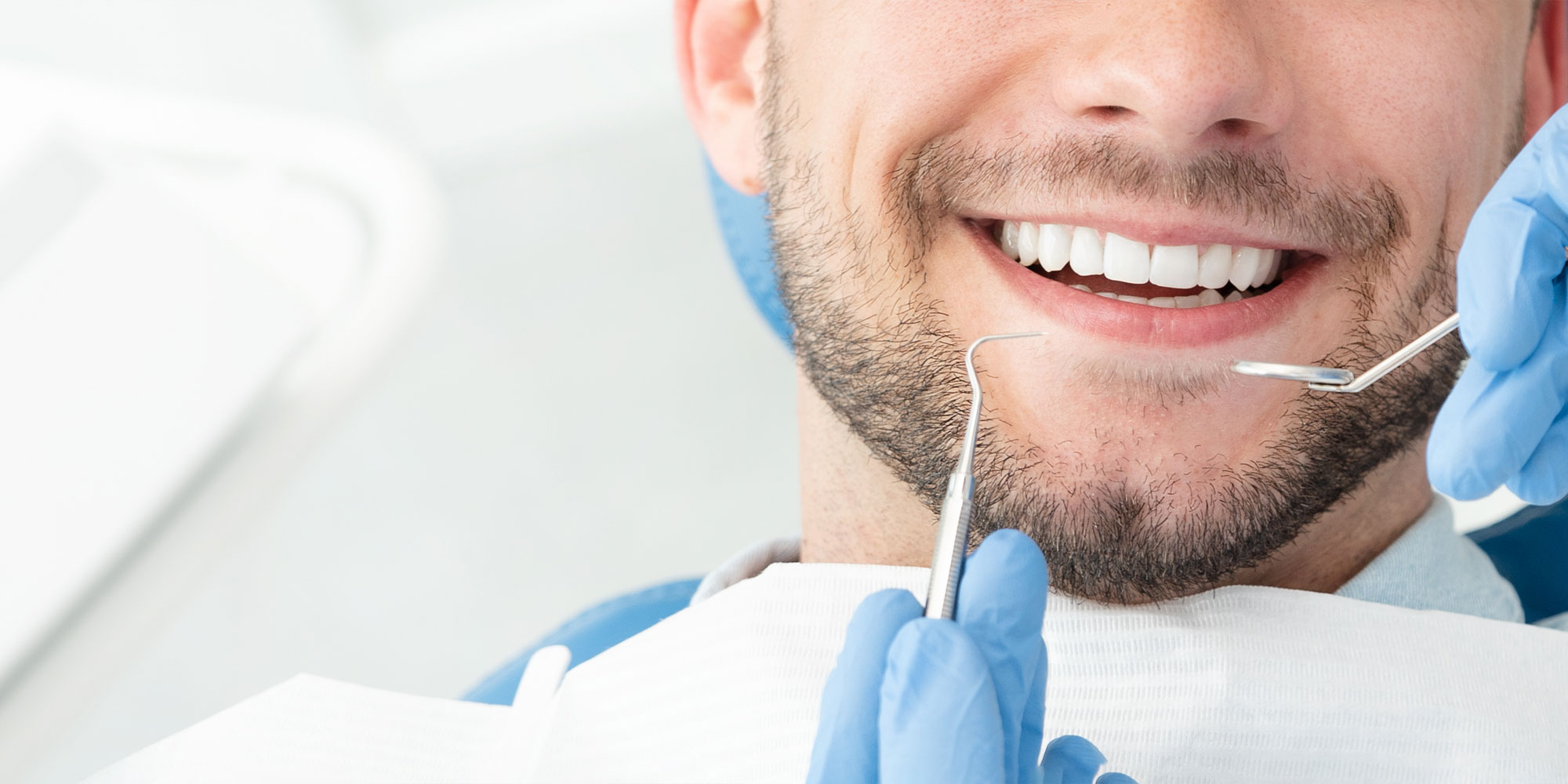Unbearable tooth pain, a broken or chipped tooth, or a pus-filled swelling of the gums should be addressed immediately. These issues can escalate into serious health problems if not cared for properly.
If your tooth is broken, try to find any pieces and rinse them in cold water or milk before heading to the emergency dentist.
Toothaches
A toothache can be a painful experience. It may be a dull, throbbing pain or it can be sharp and intense. It may be aggravated by foods or liquids that are cold or hot and it can be triggered by trauma to the mouth. A toothache can also signal other dental problems like gum infections, dental bleeding and dental cavities.
Tooth extraction is a common dental procedure that involves the removal of a tooth from its socket. It is a fast and effective treatment for patients with severe tooth pain, infection or dental damage that cannot be treated by other dental solutions like root canals and fillings.
There are several things that you can do to alleviate your toothache at home, such as rinsing your mouth with salt water, using a cold compress or taking over-the-counter pain relievers like acetaminophen or ibuprofen. However, the best way to deal with a toothache is to visit an emergency dentist in Stockton CA as soon as possible.
Broken or Chipped Teeth
A cracked or chipped tooth may not seem like a dental emergency, but it’s actually quite dangerous. Not only are they aesthetically unattractive, but the exposed edges and crevices can cause pain when chewing or biting and lead to infections if left untreated.
If the crack is small, your dentist can treat it with bonding or resin that fills the area of the damaged tooth and helps keep it together. If it’s severe enough to damage the pulp, a root canal or crown may be required to restore the tooth.
If a tooth is completely broken off, you can try to save it by placing it back into its socket with dental wax or a piece of gauze and applying pressure. However, you should seek emergency treatment right away to prevent the crack from extending deeper into your gums and damaging surrounding teeth. You can also receive a dental implant to replace the tooth. If the tooth is not salvageable, a complete extraction may be necessary.
Oral Infections
Symptoms of oral infections like pus, swelling or severe dental pain can be classified as a dental emergency. These issues need immediate attention to prevent further problems and alleviate the pain. The best way to treat these dental emergencies is by visiting an Emergency Dentist in Stockton CA.
Unlike the hospital emergency room, these dental clinics are open on weekends and will treat you as soon as possible to help you get relief from the pain. They will also take a complete medical history and perform a physical exam. They may request x-rays or other diagnostic tests.
They can also treat a knocked out tooth in an emergency situation. In this case, the tooth should be rinsed in cool water to remove any dirt, gently re-inserted into its socket and held in place with a washcloth. Then, the patient should keep it moist in milk or saline solution until they can get to the emergency dentist.
Gum Infections
Gum infections are caused by a buildup of bacteria in the gum tissue. The gums may become swollen, red or bleed easily when this occurs. If it is not treated, it can lead to periodontitis, a serious gum disease that can cause bone loss and tooth loss.
An untreated gum infection can lead to a pus-filled sac called an abscess, which is extremely painful. This type of infection is considered a dental emergency and requires immediate treatment.
The best way to prevent gum infections is to practice good oral hygiene, brushing twice daily for two minutes and flossing regularly. Additionally, it is a good idea to visit the dentist for regular cleanings.
Other factors that can contribute to gum infections include hormonal changes, recreational drug use, poor nutrition and diseases that lower immunity. Gum infections can be treated by antibiotic therapy, root planing and scaling or gingivectomy. In severe cases, flap surgery involving the removal of tissue may be required.

